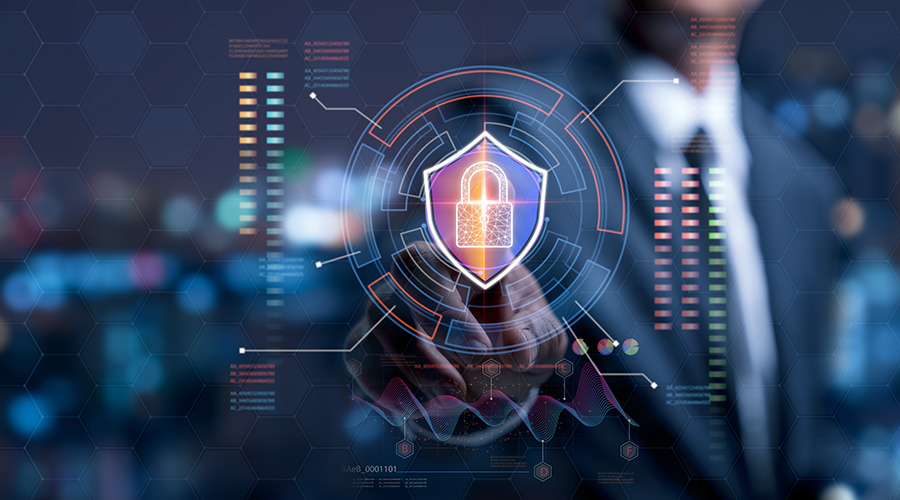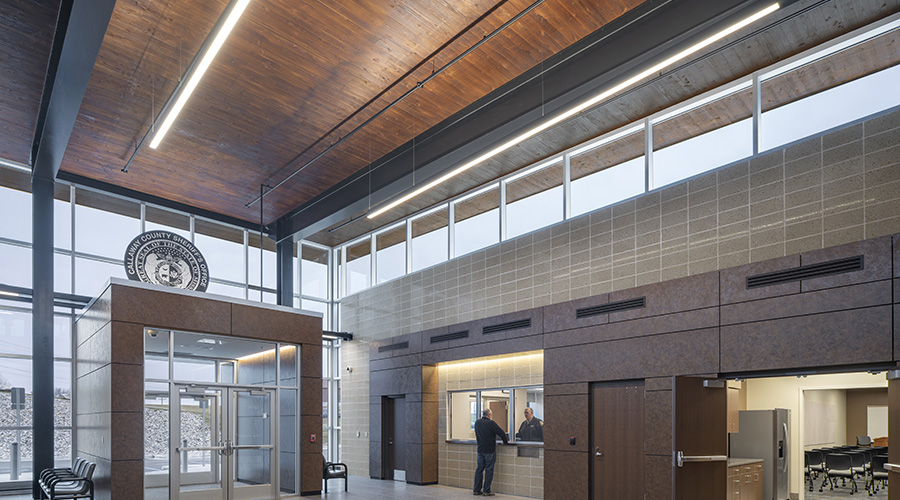Green Building Goals and Security Initiatives Can Find Common Ground
Any facility executive involved in the design of a new building would agree that security is one important goal for the new facility. These days, facility executives are likely to say that green design is another priority. Unfortunately, these two goals are often in conflict. Consider the issues that arise when even a parking lot is being designed. From a security perspective, bright lights in the parking lot enable security cameras to pick up all activity at night. From a green point of view, a brightly lit parking lot is a waste of energy and a source of light pollution. An advocate of green design would argue for plenty of leafy trees and bushes in the parking lot to minimize the urban heat island effect; a security consultant would reply that trees in the lot will block surveillance cameras and provide hiding places for would-be criminals.
There is no shortage of conflicts between sustainability and security goals. Fortunately these conflicts can be resolved to the mutual benefit of both parties, resulting in sustainable and secure buildings and campuses. This balance can be best achieved if security is involved early in the design process. Unfortunately, this often doesn't happen.
Omission of security from the design process is a grave oversight. Inadequate security can have serious consequences not only in terms of personal safety, but also financial loss, legal liability and company credibility. Risk management issues that affect the reputation of the company can be very costly and the damage can be long-term. A study conducted by Ernst & Young and Oxford Metrica found the following:
- There is a clear, empirical connection between risk quality and shareholder value performance.
- High-quality risk management is strongly correlated with low cash flow volatility, a core stock value driver.
- When asset protection fails, the value impact to the corporation can be significant.
- Investment in risk management and property loss prevention procedures minimizes the probability that a loss incident occurs or escalates into crisis. Failure of management to adequately protect assets may result in tragedy (at worst) or a sudden loss in shareholder value (at best).
- Sudden shareholder losses due to inability to adequately protect assets tend to be sustained, or "destiny-determining."
Given the above findings, it's hard to imagine why security might not be included in the design process for sustainable buildings. Perhaps it is because security and sustainability measures often clash. However, through early collaboration of multiple disciplines, these conflicts can become complements, and sustainability and security goals can be optimized.
Related Topics:














